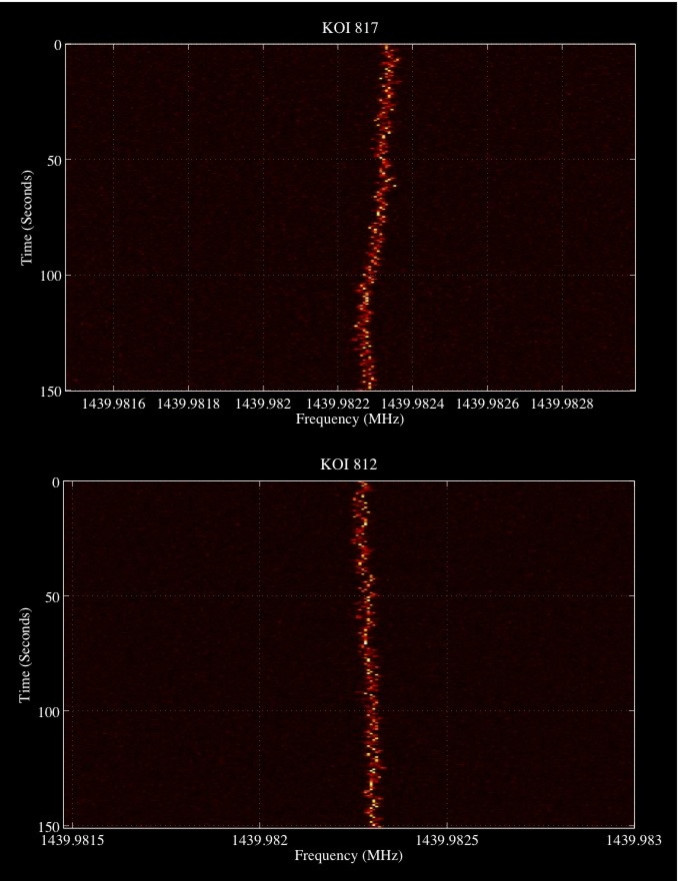Extraterrestrial Hunters: First Alien Signal or Interference?

The search for extraterrestrial life just got a little closer to its goal. Scientists released preliminary results Friday of signals from NASA's Kepler satellite as part of the Search of Extraterrestrial Intelligence based out of the University of California Berkeley.
The year-long analysis showed no aliens, but hinted that the approach may be fruitful in the future for rooting out potential radio signals from non-Earthling life.
Though the proof of principal is promising in the hunt for life beyond our planet, SETI officials Friday said that the signals were likely from radio frequency interference here on Earth.
From the SETI project group:
We know these signals are interference, but look similar to what we think might be produced from an extraterrestrial technology. They are narrow in frequency, much narrower than would be produced by any known astrophysical phenomena, and they drift in frequency with time, as we would expect because of the doppler effect imposed by the relative motion of the transmitter and the receiving radio telescope. Even though these signals are interference, detecting events with similar characteristics to what we expect from ET is a good indication that the first steps of our detection algorithms are working properly.
The Kepler satellite has been keeping planet hunters and ET hopefuls busy since it launched in 2009. The satellite combs the sky for radiation signals in its quest for Earth-like planets outside the solar system and for radio signals that suggest alien contact.
When a single signal, a Kepler Object of Interest, comes from multiple positions in the sky, researchers conclude that it's most likely due to interference.
However, two signals, KOI 817 and KOI 812, seem to come from a single origin and are affected by the Doppler effect, similar to the sound of a passing ambulance. That means the signal could be moving away or towards the Earth, not coming from an Earthling source itself.
Researchers said they expect new data to be released in the upcoming weeks from the nearly 50 terrabyte data trove collected in early 2011.
© Copyright IBTimes 2024. All rights reserved.





















